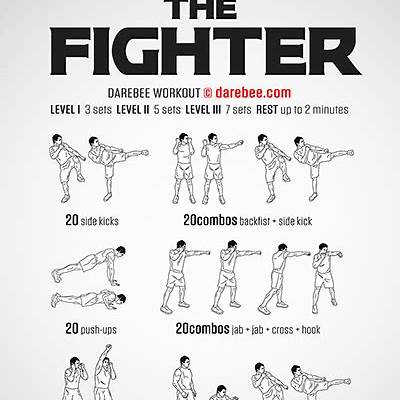How-To
How to learn Martial Art
Discover a comprehensive step-by-step guide on how to learn martial arts, covering everything from choosing a style to mastering techniques.
Embarking on the journey to learn martial arts is both exciting and rewarding. Whether you’re aiming to improve fitness, enhance self-defense skills, or cultivate discipline, this guide provides a structured approach to help you get started.
- Define Your Goals
Understanding your motivation is crucial. Are you interested in self-defense, physical fitness, mental discipline, or competitive sports? Clarifying your objectives will guide your choice of martial art and training approach.
- Choose the Right Martial Art
Different martial arts offer various benefits:
- Karate: Focuses on striking techniques using punches, kicks, and open-hand methods.
- Taekwondo: Emphasizes high, fast kicks and jumping and spinning kicks.
- Judo: Centers on throws and grappling techniques.
- Brazilian Jiu-Jitsu: Specializes in ground fighting and submission holds.
- Muay Thai: Known as the “Art of Eight Limbs,” utilizing fists, elbows, knees, and shins.
- Krav Maga: A practical self-defense system focusing on real-world situations.
Research each style to determine which aligns best with your goals and interests.
- Find a Qualified Instructor or School
Learning under the guidance of a certified instructor ensures proper technique and safety. Visit local dojos or training centers, observe classes, and speak with instructors and students to assess the environment and teaching style.
- Prepare Physically and Mentally
Martial arts demand both physical fitness and mental resilience.
- Physical Preparation: Engage in regular cardiovascular exercises, strength training, and flexibility routines to build endurance and prevent injuries.
- Mental Preparation: Cultivate discipline, patience, and a positive mindset. Techniques such as meditation and visualization can enhance focus and mental clarity.
- Acquire Appropriate Gear
Invest in the necessary equipment for your chosen martial art:
- Uniform: Most martial arts require specific attire, such as a gi for Karate or a dobok for Taekwondo.
- Protective Gear: Depending on the discipline, this may include mouthguards, gloves, shin guards, and headgear.
- Training Equipment: Items like punching bags, mats, or resistance bands can aid in practice.
- Learn Fundamental Techniques
Mastering the basics is essential before progressing to advanced moves:
- Stances: Proper stances provide balance and readiness.
- Strikes: Learn punches, kicks, elbows, and knee strikes.
- Blocks and Parries: Develop defensive techniques to protect against attacks.
- Footwork: Practice movement patterns to enhance agility and positioning.
Consistent repetition and feedback from your instructor will solidify these skills.
- Practice Regularly
Consistency is key to progress:
- Set a Schedule: Aim for 2-3 training sessions per week to build and maintain skills.
- Home Practice: Supplement classes with solo drills, shadowboxing, or flexibility exercises at home.
- Rest and Recovery: Allow time for your body to recover to prevent burnout and injuries.
- Monitor Your Progress
Tracking improvements keeps you motivated:
- Set Milestones: Establish short-term goals, such as mastering a technique or achieving a belt rank.
- Reflect: Regularly assess your strengths and areas needing improvement.
- Seek Feedback: Engage with your instructor and peers for constructive criticism.
- Embrace the Philosophy
Martial arts are not solely physical disciplines; they encompass philosophical teachings:
- Respect: Show consideration for instructors, peers, and the art itself.
- Discipline: Maintain self-control and dedication to practice.
- Perseverance: Overcome challenges and setbacks with determination.
Integrating these principles enriches your martial arts journey and personal growth.
- Participate in Sparring and Competitions
Engaging in controlled sparring sessions or competitions can enhance your skills:
- Apply Techniques: Test your abilities in real-time scenarios.
- Learn from Experience: Identify areas for improvement through practical application.
- Build Confidence: Gain self-assurance in your techniques and decision-making.
Always prioritize safety and adhere to the rules and guidelines of your discipline.
Conclusion
Learning martial arts is a comprehensive endeavor that develops physical prowess, mental fortitude, and philosophical understanding. By setting clear goals, choosing the appropriate style, committing to consistent practice, and embracing the core values, you can embark on a fulfilling martial arts journey that benefits all aspects of your life.



















